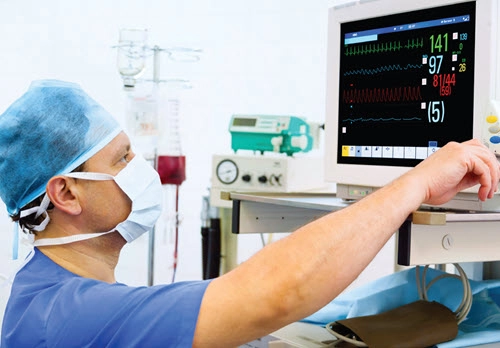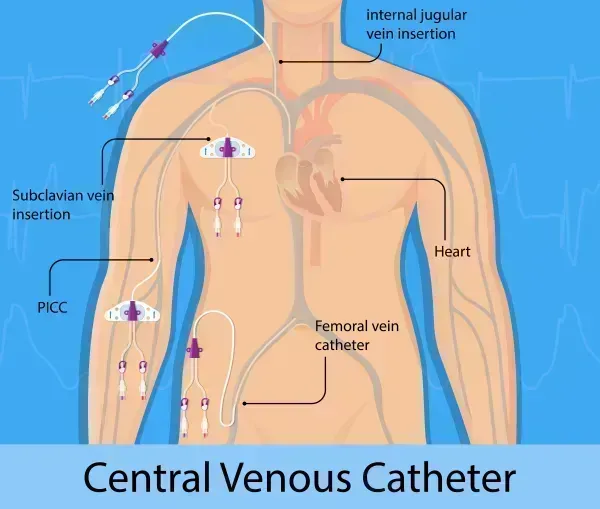Follow This Guidance When Reporting CRNA or AA Services
Keep all your ‘Q’ possibilities straight. Anytime you code for anesthesia care, documenting which anesthesia professional provided the service is a vital piece of the coding equation. If you code for services by a certified registered nurse anesthetist (CRNA) or an anesthesia assistant (AA), keep these pointers in mind before submitting your next claim. Understand the Modifier Differences Modifier QZ (defined below) isn’t the only choice you have for reporting a CRNA’s service and should not be reported as a fallback code to avoid meeting the steps of medical direction. There are modifiers that indicate physician, AA, and CRNA involvement during the case: Special tip: “Take note that modifier QZ only applies to CRNAs,” says Kelly D. Dennis, MBA, ACS-AN, CANPC, CHCA, CPC, CPC-I, owner of Perfect Office Solutions in Leesburg, Florida. “Modifier QZ does not apply to anesthesia assistants.” Modifiers QK, QY, and AD are reported by the anesthesiologist and are based on the number of concurrent cases they are involved with alongside CRNAs or other anesthesia providers. You won’t include any of these modifiers on the claim if you aren’t coding for an anesthesiologist’s work. Modifiers QX and QZ are reported for the CRNA’s service. The difference lies in whether the CRNA performs the service alone or under the medical supervision or direction of a physician. Modifier QX also is appropriate for an AA’s service. Distinguish Between Supervision and Direction Medical direction occurs when an anesthesiologist is involved in and physically present at one, two, three, or four concurrent procedures. The Center for Medicare and Medicaid Services (CMS) outlines seven criteria that must be met before you can report a case as medical direction instead of medical supervision. The anesthesiologist must perform and ensure that documentation supports the following: If the anesthesiologist does not meet all these criteria and/or if the case load goes beyond four concurrent cases, in some states, you report the anesthesiologist’s service as medical supervision instead of medical direction. Also keep in mind: There is not a national policy for how payers should pay for the services associated with incomplete medical direction (when the anesthesiologist does not meet all seven criteria for a case). “Reimbursement for these cases is determined by the local carrier — it can vary from case to case,” says Cindy Lane, CPC, CHCC, with Advanced Coding Solutions in Whitehouse, Tennessee. In general, the CRNA (not an AA) could submit the claim by using modifier QZ, or the physician might report the procedure using the appropriate modifier. If you are in a Noridian state, however, medical supervision is defined as “when the anesthesiologist is involved in more than four concurrent cases and when not all seven services under medical direction are performed.” Know How to Code Non-Anesthesiologist Supervision If you code only for the CRNA’s service, there might be times when a physician other than an anesthesiologist supervises their service. That’s when modifier QZ comes into play. Example: Some states require that all CRNAS be supervised by a physician, but guidelines might not specify which type of physician it must be. Your CRNA who administers anesthesia during an endoscopy in an ASC, for example, might be supervised by a gastrointestinal (GI) physician rather than an anesthesiologist. You should still append modifier QZ to the CRNA’s claim. Rationale: The CRNA is being “supervised” rather than “medically directed” and is therefore considered “non-medically directed,” which is the criterion for modifier QZ. If you billed the CRNA’s claim with modifier QX, several negative consequences will occur. First, the payer will look for an accompanying claim with either modifier QY or QK for the anesthesiologist’s service. That isn’t possible in this situation because you aren’t coding for an anesthesiologist and the GI physician cannot submit claims for both anesthesia and the procedure — which returns you to QZ as the appropriate modifier for the CRNA. Second, you will be paid 50 percent by most payers when the CRNA provided 100 percent of the anesthesia service. It is important to ensure that you understand the effect payment modifiers have on your claims. Final tip: Checking with your payers to verify that they recognize all the HCPCS Level II modifiers you plan to use in your claim is always a good idea. Your reporting method should always be based on the exact circumstances of the case.






